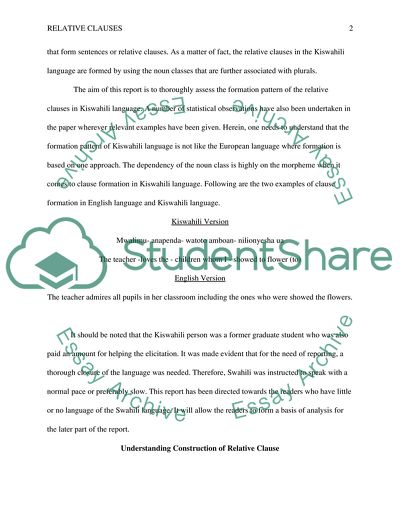Cite this document
(“How relative clauses are formed by this (Ki)swahili Essay”, n.d.)
How relative clauses are formed by this (Ki)swahili Essay. Retrieved from https://studentshare.org/humanitarian/1667180-how-relative-clauses-are-formed-by-this-kiswahili
How relative clauses are formed by this (Ki)swahili Essay. Retrieved from https://studentshare.org/humanitarian/1667180-how-relative-clauses-are-formed-by-this-kiswahili
(How Relative Clauses Are Formed by This (Ki)swahili Essay)
How Relative Clauses Are Formed by This (Ki)swahili Essay. https://studentshare.org/humanitarian/1667180-how-relative-clauses-are-formed-by-this-kiswahili.
How Relative Clauses Are Formed by This (Ki)swahili Essay. https://studentshare.org/humanitarian/1667180-how-relative-clauses-are-formed-by-this-kiswahili.
“How Relative Clauses Are Formed by This (Ki)swahili Essay”, n.d. https://studentshare.org/humanitarian/1667180-how-relative-clauses-are-formed-by-this-kiswahili.


